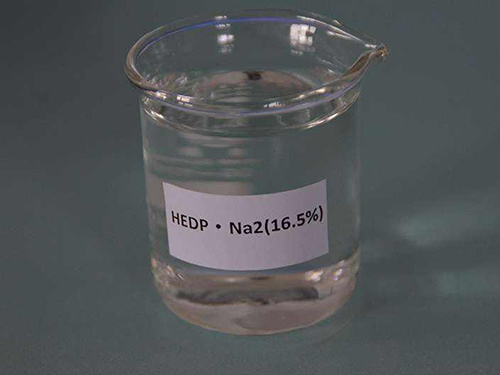chloro methyl isothiazolinone
The Role and Implications of Chloro Methyl Isothiazolinone in Modern Products
Chloro methyl isothiazolinone (CMIT) is a synthetic organic compound that belongs to the isothiazolinone family. It is primarily known for its function as a preservative and biocide in various industrial and consumer products. To better understand its significance, we should explore its chemical properties, applications, potential health impacts, and regulatory considerations.
Chemical Properties
CMIT is characterized by its chemical formula, C4H5ClN2OS, and is often found in its mixtures with methylisothiazolinone (MIT). Together, these compounds are commonly referred to as MI/CMIT due to their synergistic effects. CMIT is typically presented as a colorless liquid that is soluble in water, making it suitable for incorporation into aqueous formulations. Its antifungal and antibacterial properties are critical for preventing microbial growth in products.
Applications
CMIT is widely used in a variety of sectors, including personal care products, household cleaners, paints, and industrial fluids. In cosmetics, it is commonly employed in formulations such as shampoos, conditioners, and lotions to extend shelf life by inhibiting the growth of bacteria and mold. In the industrial setting, CMIT is used to preserve paints and coatings, ensuring product stability over time.
Furthermore, its role in the manufacturing of paper and textiles is also noteworthy. Utilizing CMIT can enhance the longevity of products and maintain quality, which is essential for manufacturers aiming to meet consumer expectations.
Health Impacts
chloro methyl isothiazolinone

While CMIT is effective as a preservative, concerns have been raised regarding its potential health impacts. Research has indicated that CMIT may cause skin sensitization and irritation in some individuals, particularly those who are exposed frequently or have pre-existing sensitivities. The compound has been linked to allergic reactions and dermatitis, raising red flags for cosmetic and personal care product manufacturers.
Moreover, studies have suggested a potential association between isothiazolinones, including CMIT, and respiratory issues upon inhalation. As such, individuals working in industries where CMIT is frequently used may experience health effects if proper safety measures and protective equipment are not implemented.
Regulatory Considerations
Due to its potential health risks, regulatory bodies have begun to scrutinize the use of CMIT more closely. In the European Union, for instance, restrictions have been placed on the concentrations allowed in consumer products. The European Chemicals Agency (ECHA) categorizes CMIT under the Biocidal Products Regulation, necessitating thorough risk assessments for its use.
In response to public and regulatory pressure, many manufacturers have started reformulating their products to reduce or eliminate CMIT altogether. This shift reflects an awareness of consumer preferences for safer and more natural ingredients, pushing companies toward innovation in preservative technology.
Conclusion
Chloro methyl isothiazolinone exemplifies the dual-edged nature of chemical preservatives in modern applications. While it plays an essential role in enhancing product longevity, the health concerns associated with its use cannot be overlooked. As consumers become increasingly informed about product ingredients, the demand for safer alternatives will likely influence industry practices and regulatory frameworks. It remains crucial for both consumers and manufacturers to stay informed about the implications of using CMIT while striking a balance between effectiveness and safety in product formulations. Ultimately, the future of CMIT in consumer products may depend on evolving scientific evidence and regulatory responses to health and safety concerns.
-
Water Treatment with Flocculant Water TreatmentNewsJun.12,2025
-
Polymaleic AnhydrideNewsJun.12,2025
-
Polyaspartic AcidNewsJun.12,2025
-
Enhance Industrial Processes with IsothiazolinonesNewsJun.12,2025
-
Enhance Industrial Processes with PBTCA SolutionsNewsJun.12,2025
-
Dodecyldimethylbenzylammonium Chloride SolutionsNewsJun.12,2025





